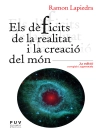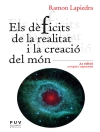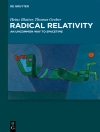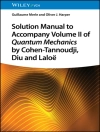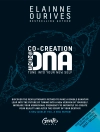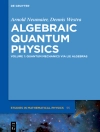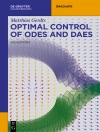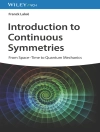This book presents recent advances in space and celestial mechanics, with a focus on the N-body problem and astrodynamics, and explores the development and application of computational techniques in both areas. It highlights the design of space transfers with various modes of propulsion, like solar sailing and low-thrust transfers between libration point orbits, as well as a broad range of targets and applications, like rendezvous with near Earth objects. Additionally, it includes contributions on the non-integrability properties of the collinear three- and four-body problem, and on general conditions for the existence of stable, minimum energy configurations in the full N-body problem.
A valuable resource for physicists and mathematicians with research interests in celestial mechanics, astrodynamics and optimal control as applied to space transfers, as well as for professionals and companies in the industry.
Cuprins
Preface.- List of Contributors.- Integrability and Non-Integrability of N-Body Problems.- Relative Equilibria in the Full N-Body Problem with Applications to the Equal Mass Problem.- Station Keeping Strategies for a Solar Sail in the Solar System.- Minimum Fuel Trip from a L2 Earth-Moon Halo Orbit to Asteroid 2006 RH120.- Low-Thrust Transfers Between Libration Point Orbits Without Explicit Use of Manifolds.- Time-Minimum Control of the Elliptic Restricted Three-Body Problem Applied to Space Transfer.- On Local Optima in Minimum Time Control of the Restricted Three-Body Problem.
Despre autor
Monique Chyba, professor at the University of Hawaii-Manoa, Honolulu, USA, received her Phd in Mathematics from the University of Geneva and the University of Burgundy (1997). Her expertise lies in the development of geometric optimal control methods and its application to real problems especially from physics, biology and engineering. Her contribution varies from robotics, especially optimal guidance and navigation of autonomous underwater vehicles, to applications in the medical field. Her most recent work focuses on designing efficient spacecraft rendezvous mission with temporarily captured orbiters, mathematical modeling of brain morphogenesis based on the distribution of the extracellular matrix structures fractones and the optimization of the protein misfolding cyclic amplification procedure.
Bernard Bonnard, professor at the University of Burgundy and member of the INRIA Team Mc Tao at Sophia Antipolis, France, received his Ph D in Mathematics at University of Metz (1978) and completed his Thèse d’ Etat at Grenoble (1983). He is a specialist of geometric optimal control focusing the use of differential geometry, Dynamical systems and Control techniques to analyze optimal control problems and in particular the role of singular trajectories. Other contributions are in sub-Riemannian geometry with applications to the swimming problem at low Reynolds number. His recent domain of applications are space mechanics (attitude control, re-entry shuttle problem, orbital transfer) and control of dissipative quantum systems with applications to MRI (contrast problem).



